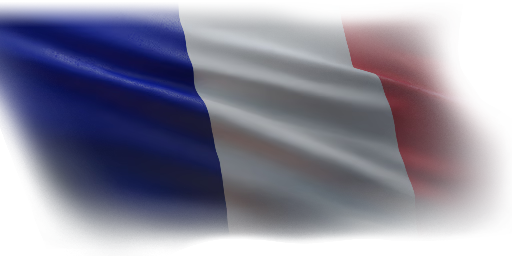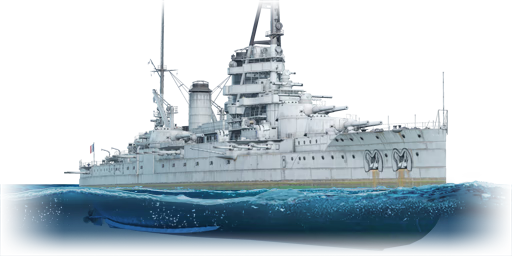Battleship Paris was the third of the Courbet class, a third dreadnought launched for the French Navy in September 1912. She spent World War One assisting the army of the Montenegro with shore bombardments and blockading the Strait of Otranto. Following the end of the war she assisted Spanish forces in Morocco during the French intervention in the Rif War. In 1931, she became a training ship and underwent two modernisations before the beginning of the Second World War. With the outbreak of the war she was transferred to the Atlantic, and, following the German invasion, she assisted the French forces at the Somme river front. She then moved to defend the port of Le Havre in Normandy from Luftwaffe attacks until she was hit by a bomb on 11 June 1940. She moved under her own power to Brest, but as the French surrender neared, she sailed to Plymouth in the UK with 2,800 men onboard. Until the end of the war she served as a depot ship for the British navy and as a barracks ship for the Polish navy. In August 1945 she was towed into Brest where she continued her service as a depot ship until her scrapping in 1956.
The Paris was introduced in Update "La Royale". Compared to the direct counterparts, she has a better damage output in exchange for a somewhat worse armour protection. Her biggest highlight is the damage output of the AP shells, if those shells manage to penetrate the target. She's best used in a typical role for a World War One-origin battleships: pushing the capture points and fighting with her direct counterparts.














